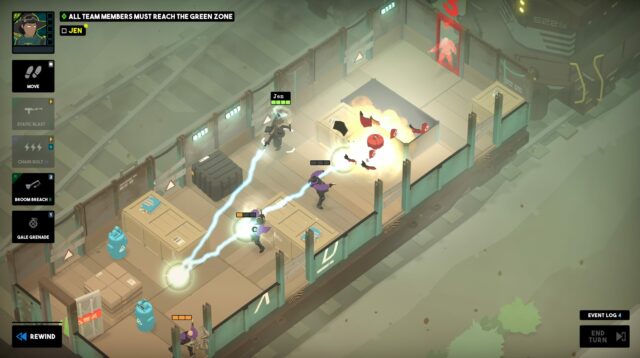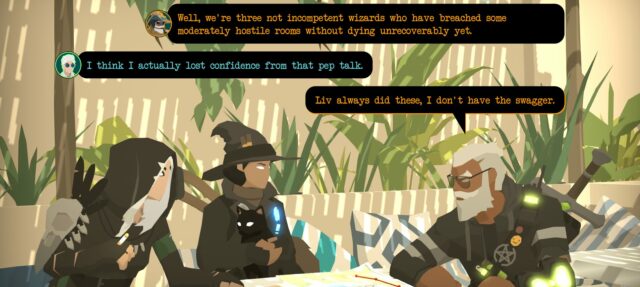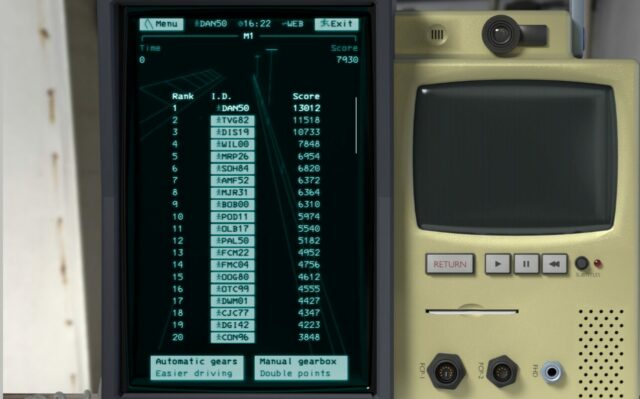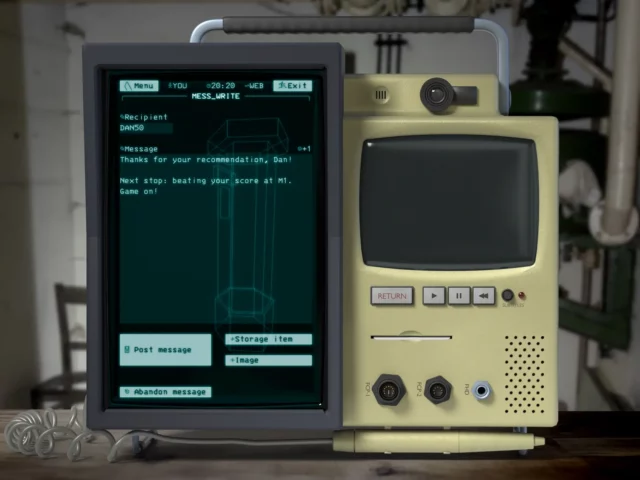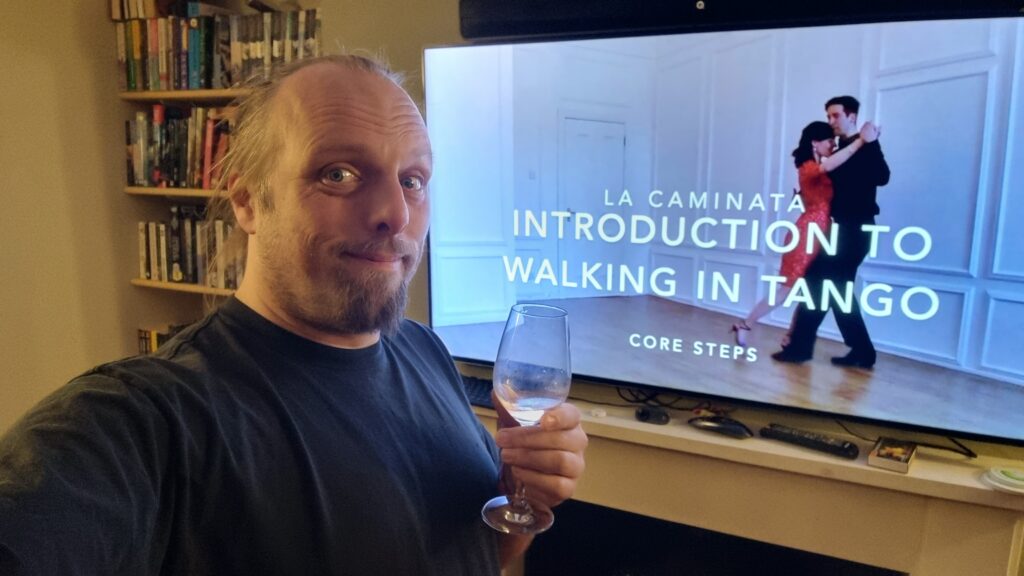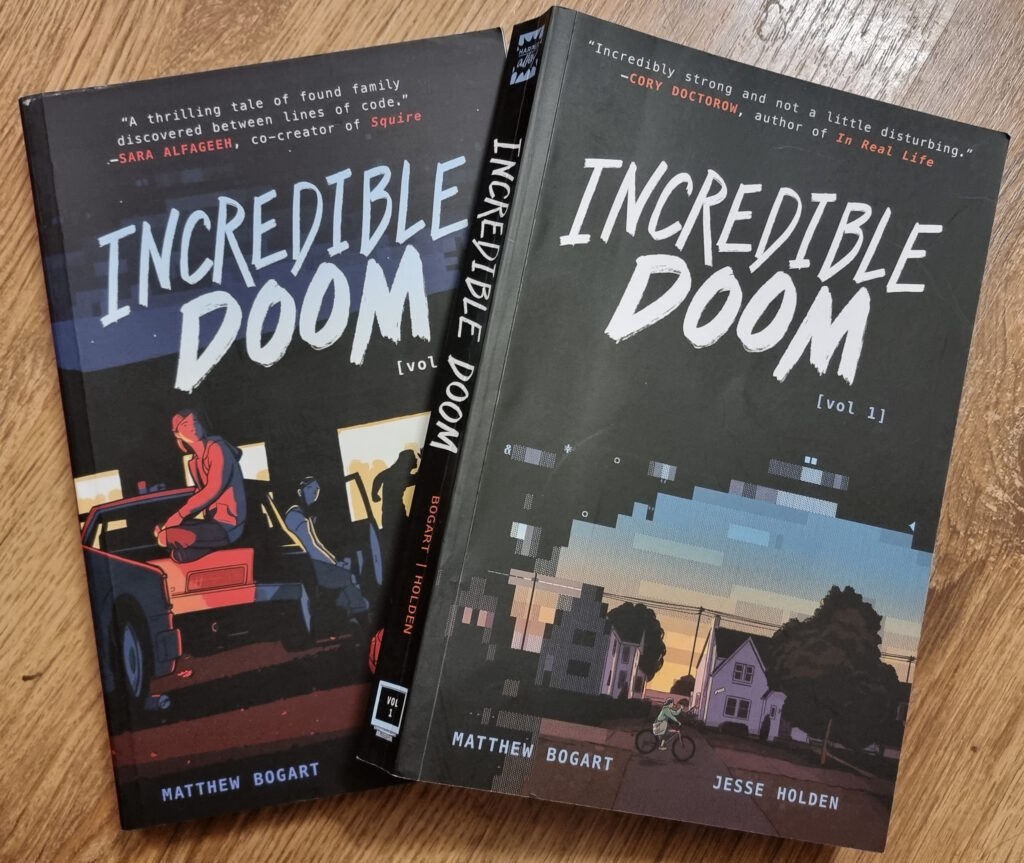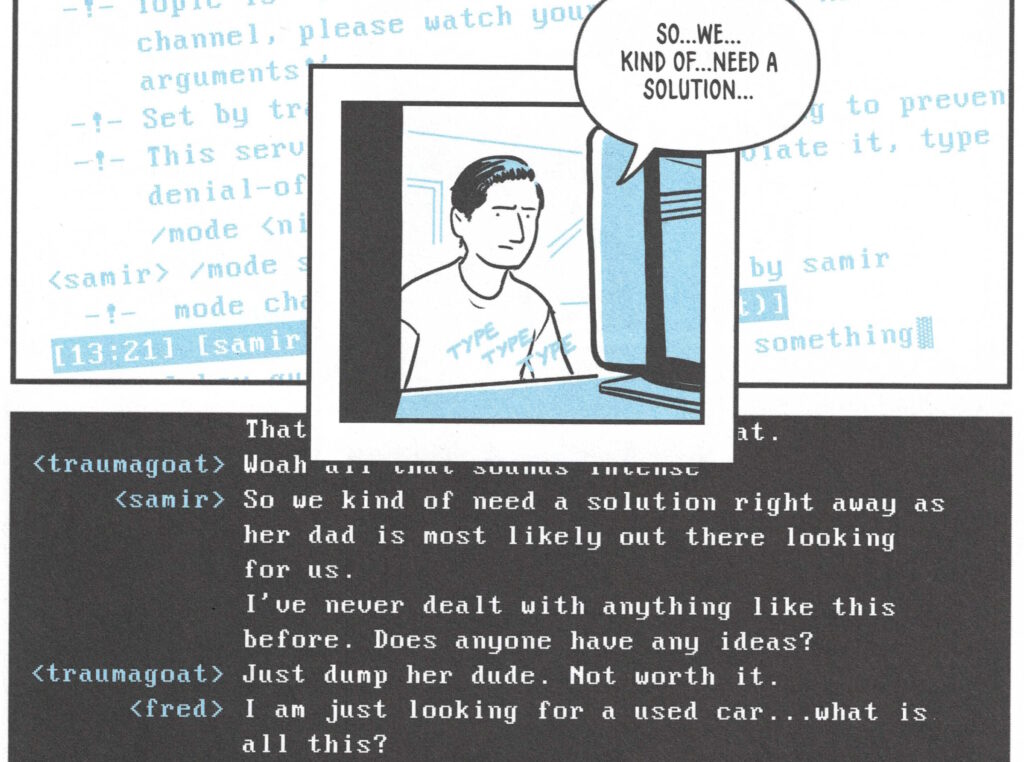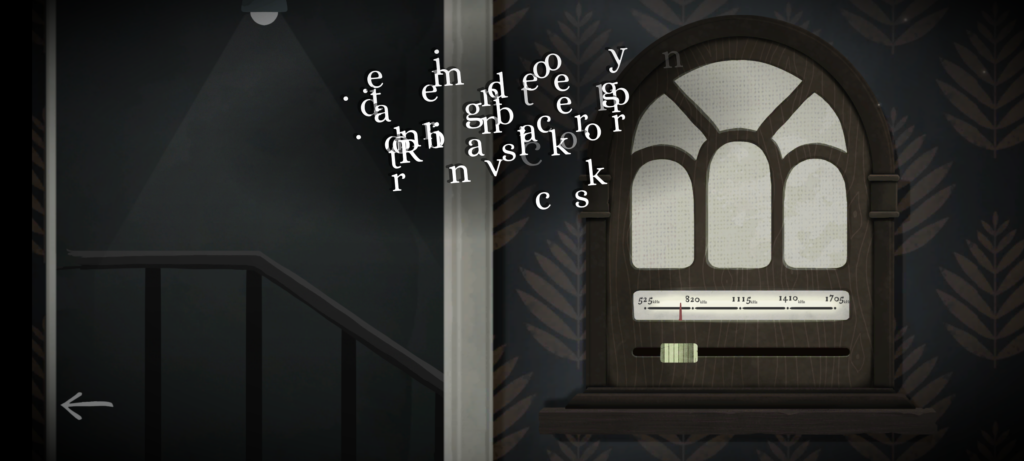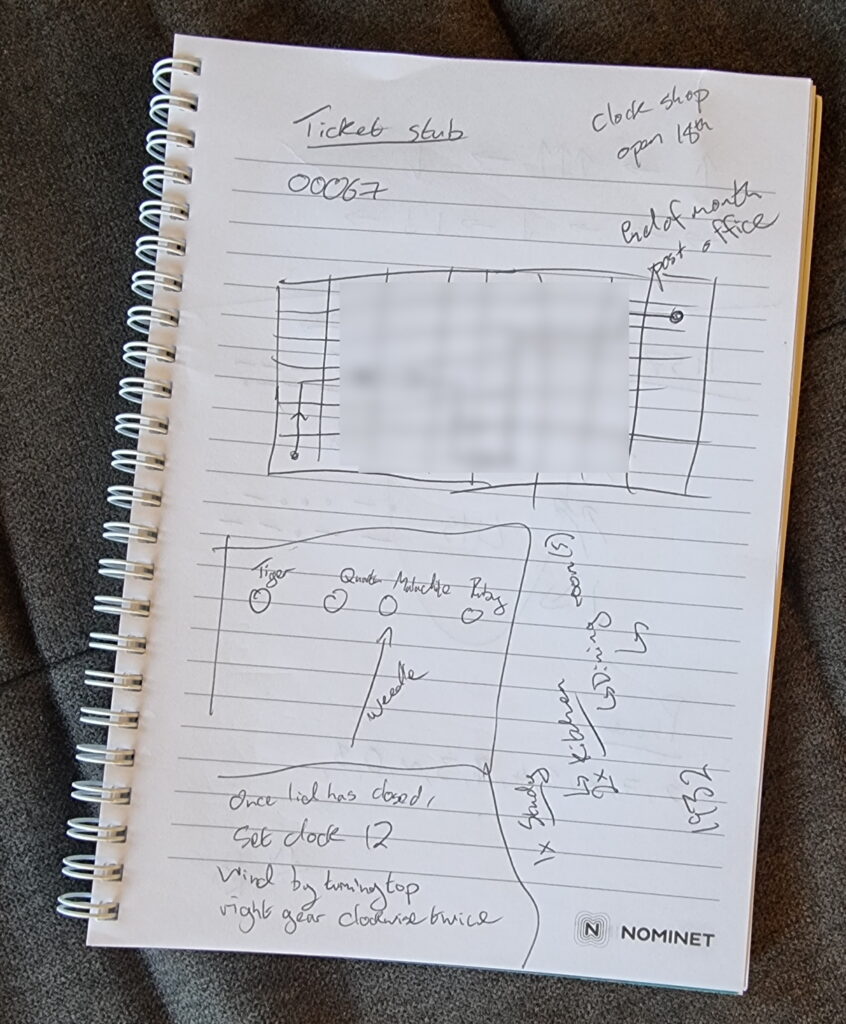Yesterday I shared Psynwav’s Musical Transients, with which I’ve become briefly obsessed. Shortly after my post, an AOTY user posted a very positive review of the album that strongly echoes my interpretation of it.
Do I need a “spoiler warning” here? Part of what made the album wonderful for me was coming in blind and not understanding that, somehow, it was both a mashup collection and a concept album. I’d seriously recommend listening to it yourself and making your own mind up first, before you read my or anybody else’s interpretation of the themes of the piece.
But assuming that you already listened to it, or that you’re ignoring my suggestion, here’s sophie’s review:
… what?
I am floored. Absolutely flummoxed. This is the first album in a minute to leave me completely speechless. Trying to express how incredible what the fuck I just listened to was is more than difficult, but I suppose I can try because this album is unbelievably underrated and deserves a million times the attention it’s currently getting. There are really two main pillars holding this up (don’t overthink that analogy, no, a building with two pillars wouldn’t hold up but that doesn’t matter shut up), those being the execution and the concept. On a purely technical level, this album is unbelievable. These mashups are so well-achieved, so smooth and believable and un-clunky. The execution of the record is to such a high standard it almost tricks you, like the best mashup albums do, into believing the pieces of song were always meant to be in this iteration. Purely from a how-does-it-sound perspective, Musical Transients is remarkable.
But the second pillar, the one that really shook me to my core, is the concept. Don’t read past this point if you don’t want it to get spoiled. Essentially, the narrator of Musical Transients is a person who realizes he is a she. It’s a trans self-realization project, and one handled with an unbelievable amount of telling care. The mashups are placed together in a very purposeful manner to express this story chronologically, and the result is a pretty incomparable arc and deeply involving experience. Despite not a single note being original, you really feel the person behind the screen making it, their story. And despite the subject matter often being focused on the confusion and depression a trans person might feel, Musical Transients feels more like a towering celebration of trans identity and existence than a depressive meditation on trans suffering. It’s a remarkable feat of storytelling and mashup production that just works on so many different levels. To me, it has to be among the most impeccably crafted, achingly beautiful albums of the year.
Yes. Yes, this.
I absolutely agree with sophie that there are two things which would individually make this an amazing album, but taken together they elevate the work to something even greater.
The first aspect of its greatness is the technical execution of the album. Effortless transitions1 backed by clever use of pitch and tempo shifts, wonderfully-executed breakspoints between lines, within lines, even within words, and such carefully-engineered extraction of the parts of each of the component pieces that it’s hard to believe that Psynwav doesn’t secretly have access to the studio master recordings of many of them2.
But the second is the story the album tells. Can you tell a story entirely through a musical mashup of other people’s words? You absolutely can, and Musical Transients might be the single strongest example.
I was perhaps in the third or fourth track, on my first listen-through, when I started asking myself… “Wait a minute? Is this the story of a trans person’s journey of self-discovery, identity, and coming out?” And at first I thought that I might be reading more into it than was actually there. And then it took until the tremendous, triumphant final track before I realised “Oh shit, that’s exactly what it’s about. How is it even possible to convey that message in an album like this?”
This is a concept album unlike any other that I’ve ever heard. It tells a heartwarming story of trans identity and of victory in the face of adversity. You’re taken along with the protagonist’s journey, discovering and learning as you go, with occasional hints as the the underlying meaning gradually becoming more and more central to the message. It’s as if you, the listener, are invited along to experience the same curiosity, confusion, and compromise as the past-version of the protagonist, finding meaning as you go along, before “getting it” and being able to celebrate in her happiness.

And it does all of this using a surprising and entertaining medium that’s so wonderfully-executed that it can be enjoyed even without the obvious4 message that underpins it.
Okay, maybe now I can be done gushing about this album. Maybe.
Footnotes
1 See what I did there… no, wait, not yet…
2 Seriously: how do you isolate the vocals from the chorus of We Will Rock You while cleanly discarding the guitar sounds? They’re at almost-exactly the same pitch!
3 A subtle visual affordance in the music video might the VHS lines that indicate when we’re being told “backstory”, which unceremoniously disappear for the glorious conclusion, right after Eminem gets cut off, saying “My name is…”.
4 Yes, obvious. No, seriously; I’m not reaching here. Trans identity is a clear and unambiguous theme, somehow, without any lyrics explicitly talking about that topic being written; just the careful re-use of the words of other. Just go listen to it and you’ll see!




